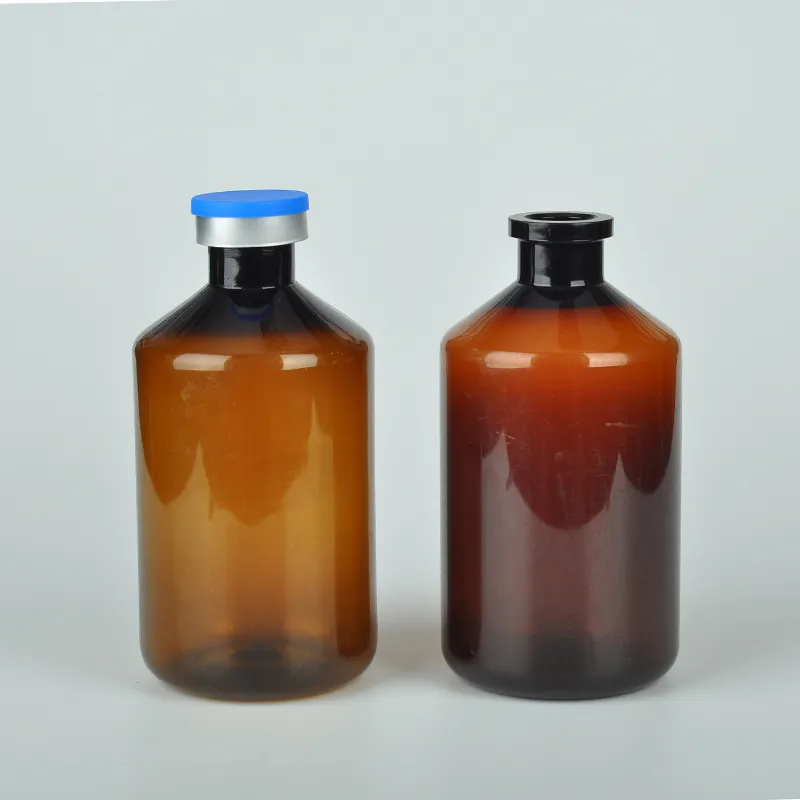150mm Tissue Culture Dish for Enhanced Cell Growth and Experimentation
The Importance of 150 mm Tissue Culture Dishes in Biological Research
Tissue culture is a fundamental technique in biological sciences that allows researchers to grow cells in a controlled environment outside of their native organisms. This methodology has proven invaluable in areas such as microbiology, virology, cancer research, and regenerative medicine. One of the essential tools in tissue culture is the culture dish, and among the various sizes available, the 150 mm tissue culture dish is particularly significant.
A 150 mm tissue culture dish, also known as a Petri dish, offers ample surface area for cell growth, typically allowing researchers to culture large numbers of cells simultaneously. This size is often preferred in experiments that require sufficient space for cellular expansion or when working with primary cell cultures that may require more room for growth. The design and surface characteristics of these dishes are critical elements that influence cell behavior, making their choice paramount in experimental procedures.
In terms of material, most 150 mm tissue culture dishes are made from high-quality polystyrene, which provides excellent transparency for visual observations and allows easy access for microscopy
. These dishes are usually treated to promote cell attachment, an essential factor for many types of cells that require adherence for optimal growth and function. This treatment helps enhance the surface properties of the dish, allowing cells to adhere more readily, thus promoting normal cell morphology and function.One of the primary advantages of using a 150 mm dish is its capacity to support large-scale experiments. For instance, in drug screening assays, researchers can utilize these dishes to test the effects of various compounds on cell proliferation or viability. The larger surface area allows for multiple experimental conditions to be tested simultaneously, enabling higher throughput of data collection. This efficiency is crucial in modern biological research, where the need for rapid results often drives experimental design.
150 mm tissue culture dish

Additionally, the larger size of the 150 mm dish facilitates easier manipulation and handling of cells. For example, during the passaging process, which involves transferring cells from one dish to another to promote continued growth, researchers can more easily manage larger volumes of media and cell suspensions. This practicality cannot be understated, especially in high-demand laboratory settings where time and efficiency are critical.
Another advantage of the 150 mm tissue culture dish is its utility in co-culture systems, where different cell types are grown together to study intercellular interactions. The spacious environment allows for the coexistence of multiple cell types without overcrowding, thereby enabling the study of signaling pathways and the investigation of how different cellular populations influence each other’s behavior. This is particularly important in cancer research, where tumor microenvironments play a significant role in understanding disease progression.
Moreover, the versatility of the 150 mm dish extends to various applications including, but not limited to, microbiological studies, where researchers can evaluate microbial growth patterns or responses to antibiotics in a larger growth medium. In biotechnology, these dishes can be used for production processes, such as the cultivation of specific cell lines for the production of vaccines or therapeutic proteins.
Reflection on the implications of using 150 mm tissue culture dishes reveals their role in advancing scientific knowledge and innovation. As technologies evolve, the demand for efficient and scalable cell culture techniques becomes increasingly critical. Researchers are constantly seeking ways to optimize their procedures, and the selection of appropriate culture vessels, such as the 150 mm tissue culture dish, is a fundamental step in achieving successful experimental outcomes.
In summary, the 150 mm tissue culture dish plays a pivotal role in biological research by providing an efficient, practical, and versatile platform for cell growth and experimentation. Its ability to support large-scale studies and facilitate co-culturing makes it an indispensable tool in laboratories around the world. As research in cell biology continues to expand, the significance of such tools will only become more pronounced, highlighting the crucial nature of proper experimental design and execution in the quest for scientific advancement.
-
Aesthetic Makeup Spray Bottles | Fine Mist Empty RefillableNewsAug.19,2025
-
White Plastic Veterinary Vaccine Vials | Lab Liquid BottlesNewsAug.18,2025
-
Plastic Medicine Liquid Bottle: Secure Flip Top Drug VialsNewsAug.17,2025
-
Durable 250ml Blue Plastic Vaccine Vial for Lab & Vet UseNewsAug.16,2025
-
Sterile Virus Sample Tubes: Secure & Reliable Specimen CollectionNewsAug.15,2025
-
White 250ml Plastic Vaccine Vial for Lab & Vet MedicineNewsAug.14,2025
























